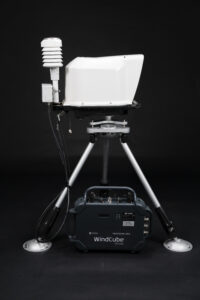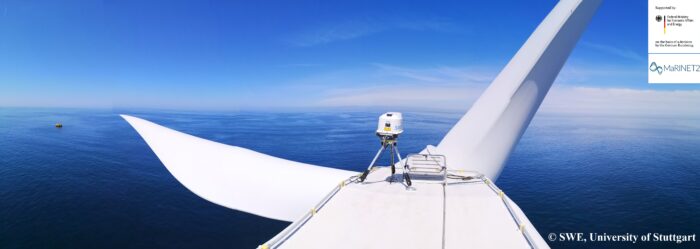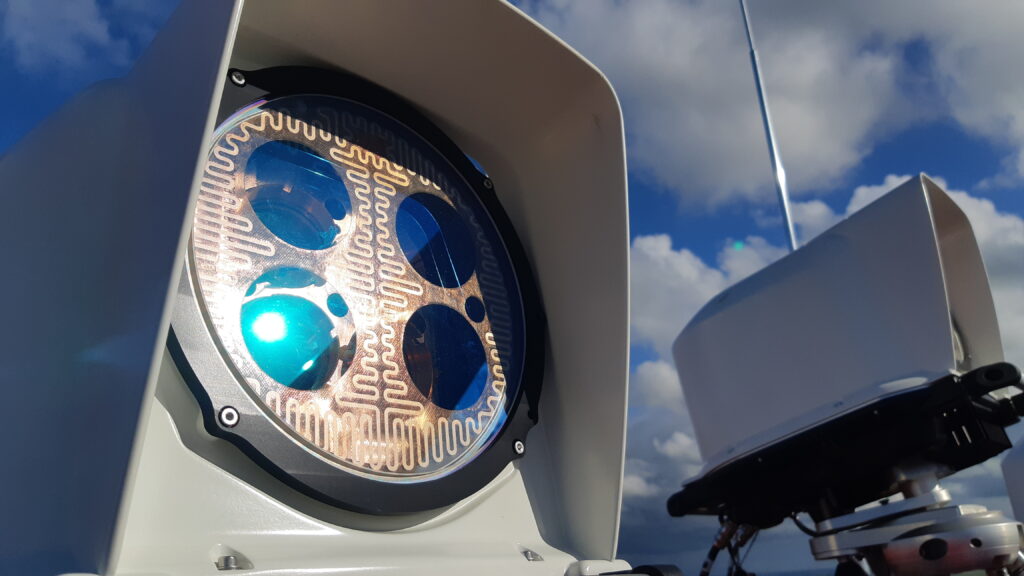Atmospheric lidar developer Leosphere, a subsidiary of Vaisala, has announced that its newly enhanced WindCube Nacelle lidar for the wind energy sector has received full classification under a new International Electrotechnical Commission (IEC) standard.
The classification paves the way for increased adoption and acceptance of the nacelle lidar for power performance testing (PPT), which is used to determine the economic value of a wind project and to ensure that projects are performing to expectations.
New enhancements provide more robust data while making the system easier to use, further enabling customers to verify onshore and offshore wind farm turbine performance as well as optimize power output and project profitability.
The latest modifications include the simplified management of the lidar system and data by enabling remote system configuration, monitoring and data access for a single lidar or a fleet via easy-to-use software. In addition to the standard tripod, adaptable mounting options provide more flexibility for quick and reliable installation on any turbine type.

Finally, Leosphere added new data options to better understand the performance of wind turbines. This includes providing accurate rotor-averaged wind speed (Rotor Equivalent Wind Speed (REWS)), which is useful for detailed analysis of most modern, large rotor turbines. This is in in addition to the standard hub-height wind speed. The nacelle lidar has also been integrated with a Vaisala weather sensor to provide reliable air pressure, temperature, humidity and rain/hail data for more accurate, air density-corrected PPT.
Matthieu Boquet, head of market and offering, wind energy, at Leosphere, said, “We understand that accurate and reliable PPT is increasingly critical to ensuring a wind farm is maximizing output and profitability. These advanced enhancements further establish our company as the go-to expert in this arena, empowering wind industry players to confidently use our WindCube Nacelle wind lidar to optimize PPT campaigns in onshore and offshore environments.”




